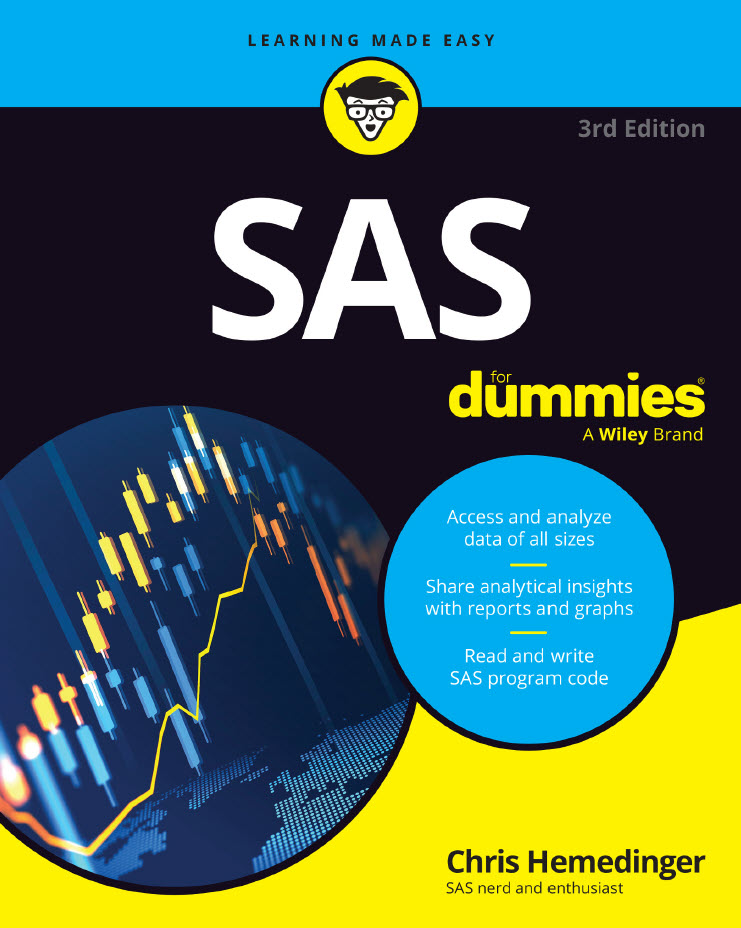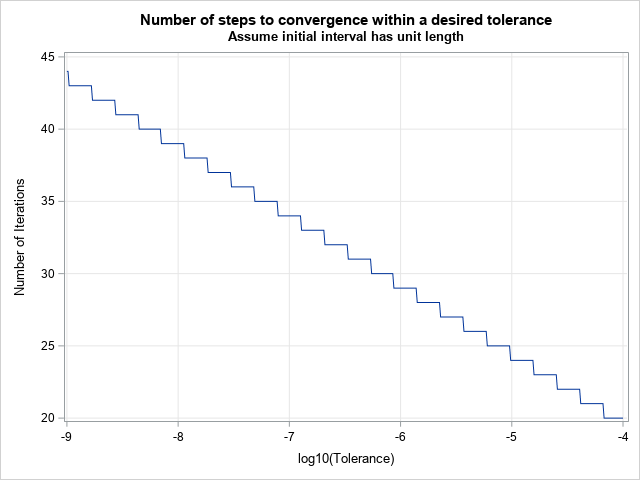 So, how did you first learn SAS programming?
So, how did you first learn SAS programming?
Originally, I was self-taught. Many years ago, I learned SAS on the job when a systems programmer quit and I took over supporting a mainframe performance software package that was written in SAS. I got a copy of the Base SAS users guide and the SAS Procedures guide and learned how to write my own SAS programs. It was new and fun; and SAS was more powerful than any of the other programming languages I had been using.
After I had been programming with SAS for about three years, my then employer finally paid to send me to a SAS class. I entered that class pretty confident of my SAS programming abilities, but was humbled within the first hour. I had been running my SAS programs in batch on mainframe computers. All of the students in the class ran their SAS programs interactively with SAS Display Manager, which I had never seen before. So, I had to catch up to their level of expertise just to do the class exercises.
It was a great class! I learned to use the SAS Display Manager; the proper ways to perform match merges; how the Program Data Vector works in the DATA step; the intricacies of PROC MEANS and its first cousin PROC SUMMARY; and a host of other very useful programming techniques. I learned the fundamentals of SAS that I had missed by simply jumping into using it and getting all of my information from the manuals. That class made me a much stronger SAS programmer.
Today's programming professionals who are interested in taking formal SAS classes to increase their SAS programming acumen have a lot of choices. SAS currently has the following training formats:
- Classroom. You can take an instructor-led SAS class in one of SAS's state-of-the-art training facilities located throughout the US and in many other countries.
- Live Web Classroom. Let an instructor-led SAS class come to you via the Internet. This format saves on travel costs and time out of the office.
- E-Learning. This option allows you to take SAS classes at your own pace via the Internet 24/7. This is another way to save travel costs and time out of the office.
- On-Site Training. Have qualified SAS instructors come on-site to teach you and your colleagues various SAS courses.
- Mentoring Services. This option provides you with a SAS instructor who becomes your coach to help you learn how to write SAS programs that address your organization's unique data processing needs.
You can find out much more about available SAS classes being offered, their content, when they are scheduled, and the training formats in the Training section of the support.sas.com web site.
Check it out because there is likely a SAS class that would make you a stronger programmer in a format that fits with your own work schedule.
"We don't need no education"? Nope, that couldn't be further from the truth!
Best of luck in all your SAS endeavors!







